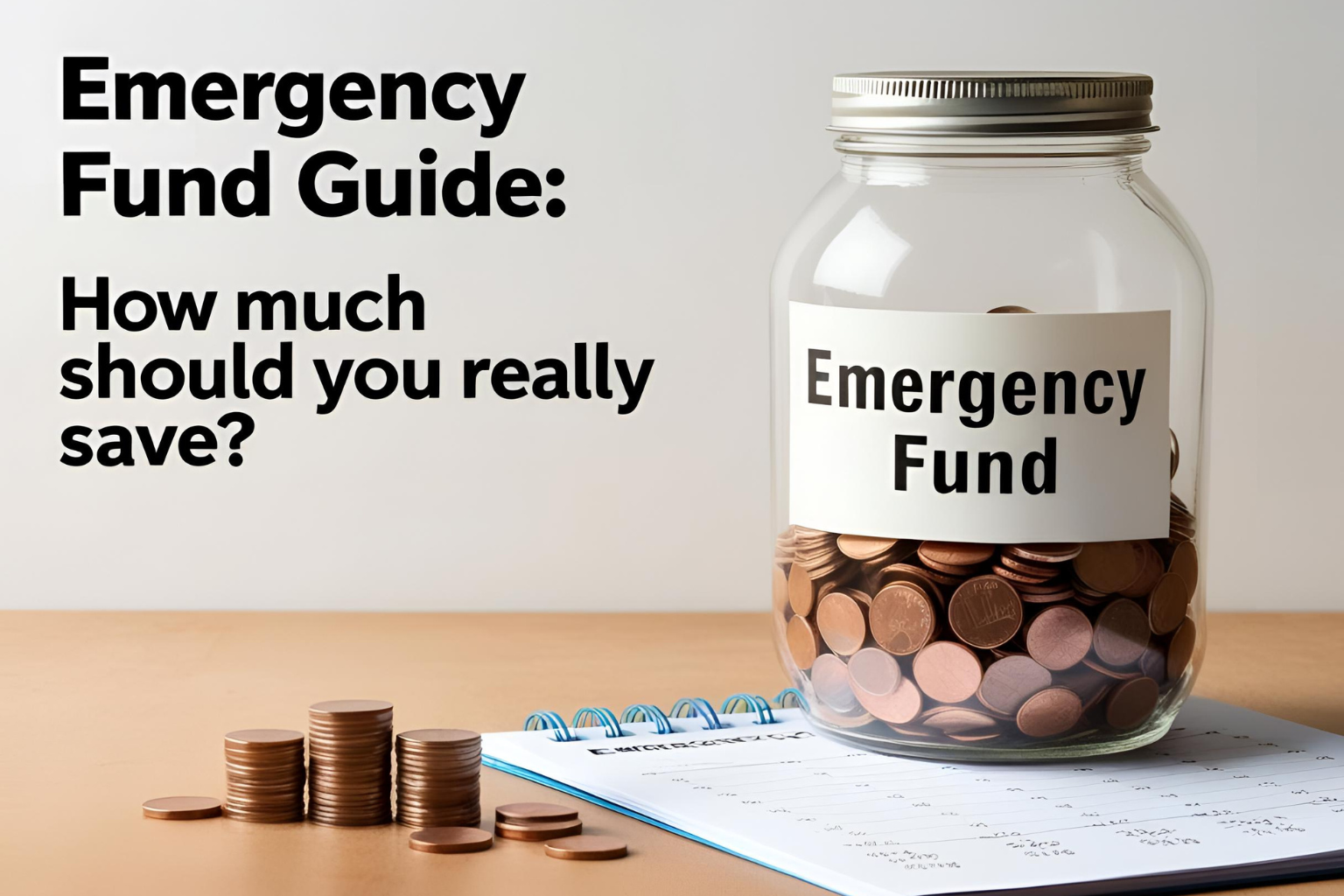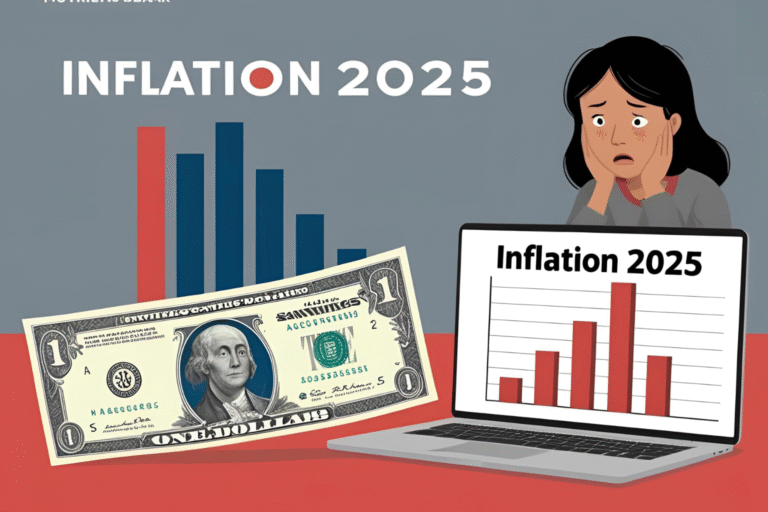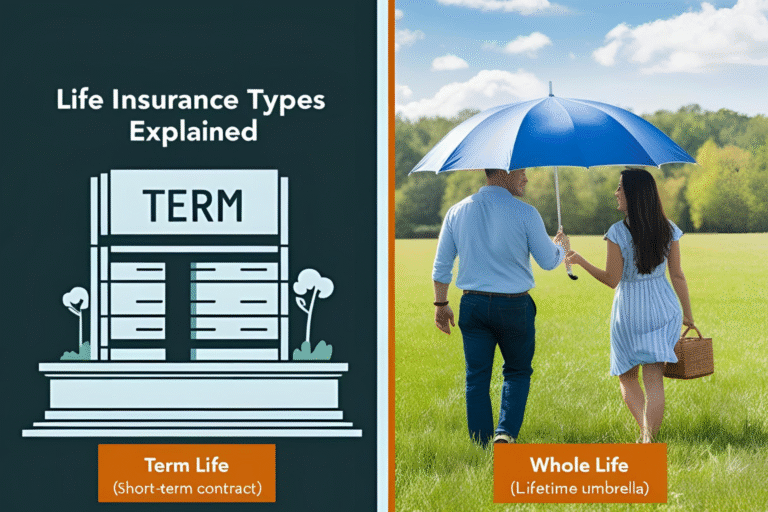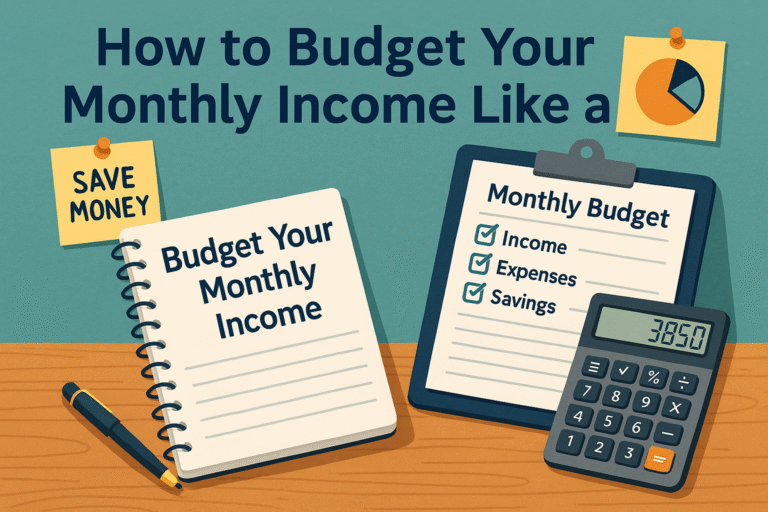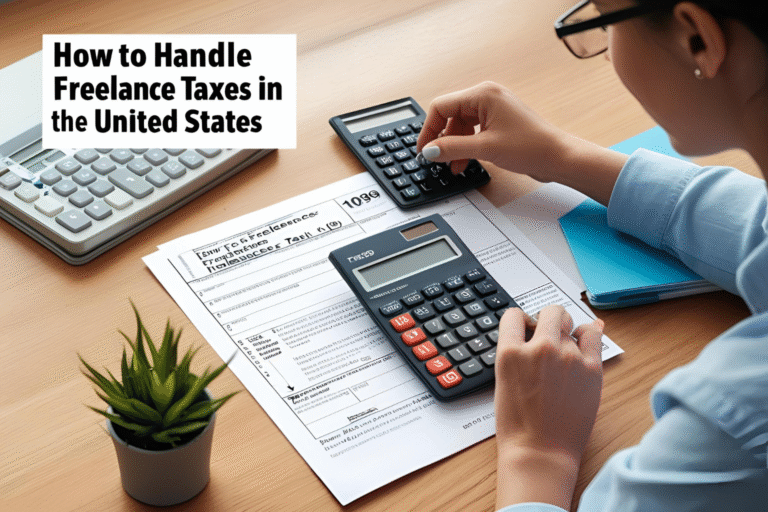Emergency Fund Guide: How Much Should You Really Save?
Life is unpredictable. Unexpected expenses can hit hard, from sudden medical bills to job loss or home repairs. That’s why every American household needs an emergency fund.
In this guide, we’ll walk you through how much you really need to save, where to keep your emergency fund, and how to build it—even on a tight budget.
Why an Emergency Fund Matters
Without a financial cushion, many people rely on credit cards or loans during emergencies—leading to more debt. An emergency fund provides peace of mind and protects your financial goals.
How Much Should You Save in an Emergency Fund?
The general rule is to save 3 to 6 months’ worth of essential living expenses. But the exact amount depends on your situation:
- Single with stable job: 3 months’ expenses
- Dual-income household: 3 to 4 months
- Single income or variable income: 6 months or more
- Gig workers or freelancers: 6–9 months
Example: If your essential expenses are $2,500/month, aim for $7,500 to $15,000.
What Counts as “Essential Expenses”?
Only include costs you can’t avoid:
- Rent or mortgage
- Utilities
- Groceries
- Insurance
- Loan payments
- Transportation
- Medical needs
Skip discretionary spending like vacations, dining out, or subscriptions.
Where Should You Keep Your Emergency Fund?
Keep your emergency fund:
- Separate from your main account (to avoid accidental spending)
- In a high-yield savings account for interest earnings
- Accessible within 1–2 business days (avoid locking it in CDs or long-term investments)
Avoid risky places like the stock market—you want safety and liquidity.
How to Build Your Emergency Fund Step-by-Step
- Set a small goal first (e.g., $500 or $1,000)
- Automate weekly or monthly transfers
- Use windfalls (tax refunds, bonuses)
- Cut back temporarily on non-essentials
- Track progress to stay motivated
Consistency matters more than speed.
Emergency Fund vs. Regular Savings
An emergency fund is not the same as regular savings:
- Emergency Fund: Only for true emergencies
- Regular Savings: For planned expenses (vacations, gifts, etc.)
Keep these accounts separate to avoid temptation.
Final Thoughts
Building an emergency fund is one of the smartest financial moves you can make. Start small, stay consistent, and remember—it’s not about the amount, it’s about being prepared.
FAQs
Can I use my credit card instead of an emergency fund?
It’s risky. Interest charges on credit cards can spiral out of control. Cash savings are safer.
How long does it take to build an emergency fund?
It depends on your income and savings rate, but setting a timeline of 6–12 months is realistic.
Should I invest my emergency fund?
No. Emergency funds should be kept in a risk-free, liquid account—not invested in stocks.
Is $1,000 enough for an emergency fund?
It’s a great start, but try to grow it to 3–6 months of expenses for true financial security.
Can I pause emergency savings to pay off debt?
Yes, but make sure you have at least a basic buffer ($500–$1,000) before prioritizing debt.
